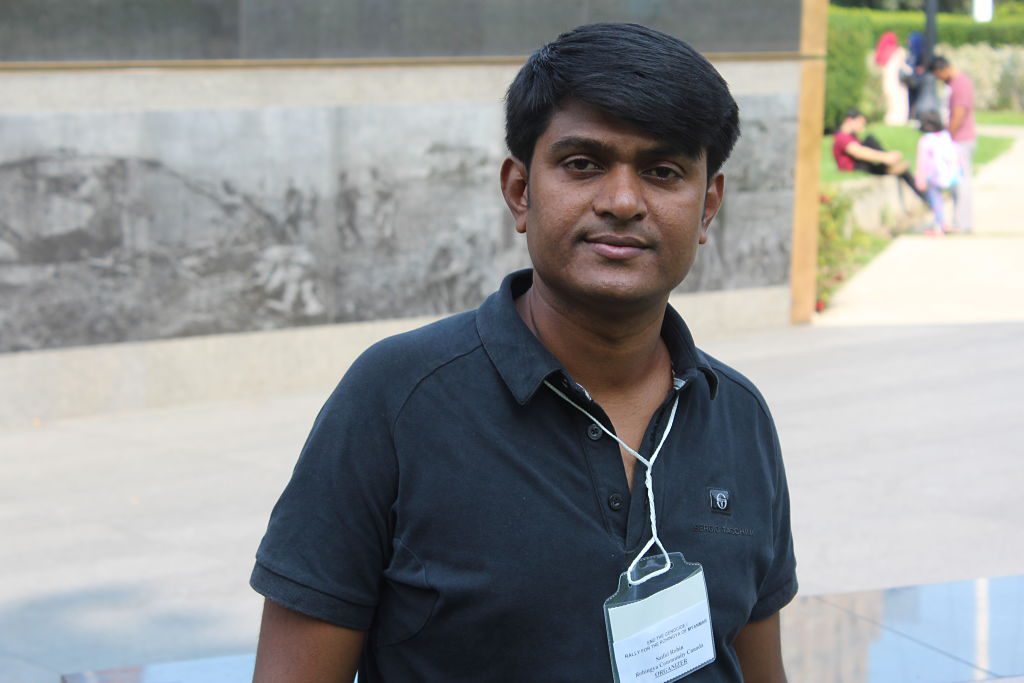After moving to Canada in 2016, a Rohingya refugee embarked on a journey to help his community, through journalism.
Saiful Rohin, 30, is a Kitchener-Waterloo activist and journalism student who fled his country, Myanmar, with his parents when he was just a little boy. It was 1991 when Rohin and his family sought refuge in Bangladesh after his Rohingya village was burnt down.
A scholarship helped Rohin move to Thailand after high school to study political science. It was then on to Malaysia, where he worked with the Rohingya community as a teacher for refugee children, and also as an employee with the United Nations High Commissioner for Refugees.
It wasn’t until an attack on Rohingya people in Myanmar in 2012, that Rohin and some members of his community decided to found their own television news network, based in Malaysia, to report about the atrocities happening back home.
“We Rohingya didn’t have any media because we are not allowed to use cellphones or any cameras in Burma (now known as Myanmar),” Rohin said in an interview Saturday in Toronto during a pro-Rohingya rally at Queen’s Park. “So we established Rohingya Vision and we decided if we get the chance to go anywhere we would study journalism to help our media and to be a voice for our people.”
Rohin is enrolled in journalism studies at Conestoga College in Kitchener. If he successfully graduates in 2019, he will become the first professional journalist among the 3.5 million Rohingya people.
Rohin says journalism is very challenging, but he finds motivation in the worldwide Rohingya community, who have high hopes for him. Besides pursing his college courses, Rohin is already working to bring awareness to Canadians.
“We distributed a magazine about the Rohingya people to the members of Parliament and universities,” Rohin said, adding that the government and some NGOs are helping the Rohingya community in Canada set up their own office in Kitchener.
While he is safely in Canada, he tells his parents still living in Bangladesh as refugees for the last 25 years, to help the new arrivals fleeing Myanmar.
I stood in solidarity with Canadians today to call for an end to the horrific ethnic cleansing of #Rohingya Muslims in #Myanmar. pic.twitter.com/73DZKMu2yw
— Chrystia Freeland (@cafreeland) September 16, 2017
Canada recently provided $2.5 million dollars for Rohingya refugees in Bangladesh. Toronto city councillor Kristyn Wong-Tam strongly believes the violence in Myanmar needs to stop.
“I think it’s very important that the international community condemn the violence and that goes beyond political statements,” Wong-Tam said in a telephone interview, after participating at a rally Sept. 16 at Queen’s Park in Toronto.
Wong-Tam called for a peace keeping zone to be set up and pushed forward so there is no more killing, persecution and rape.

